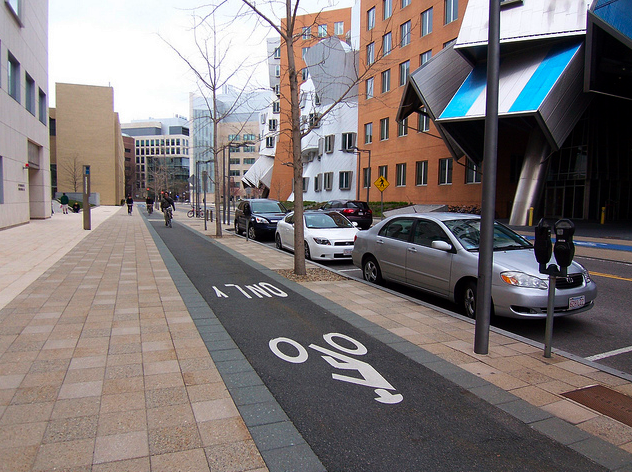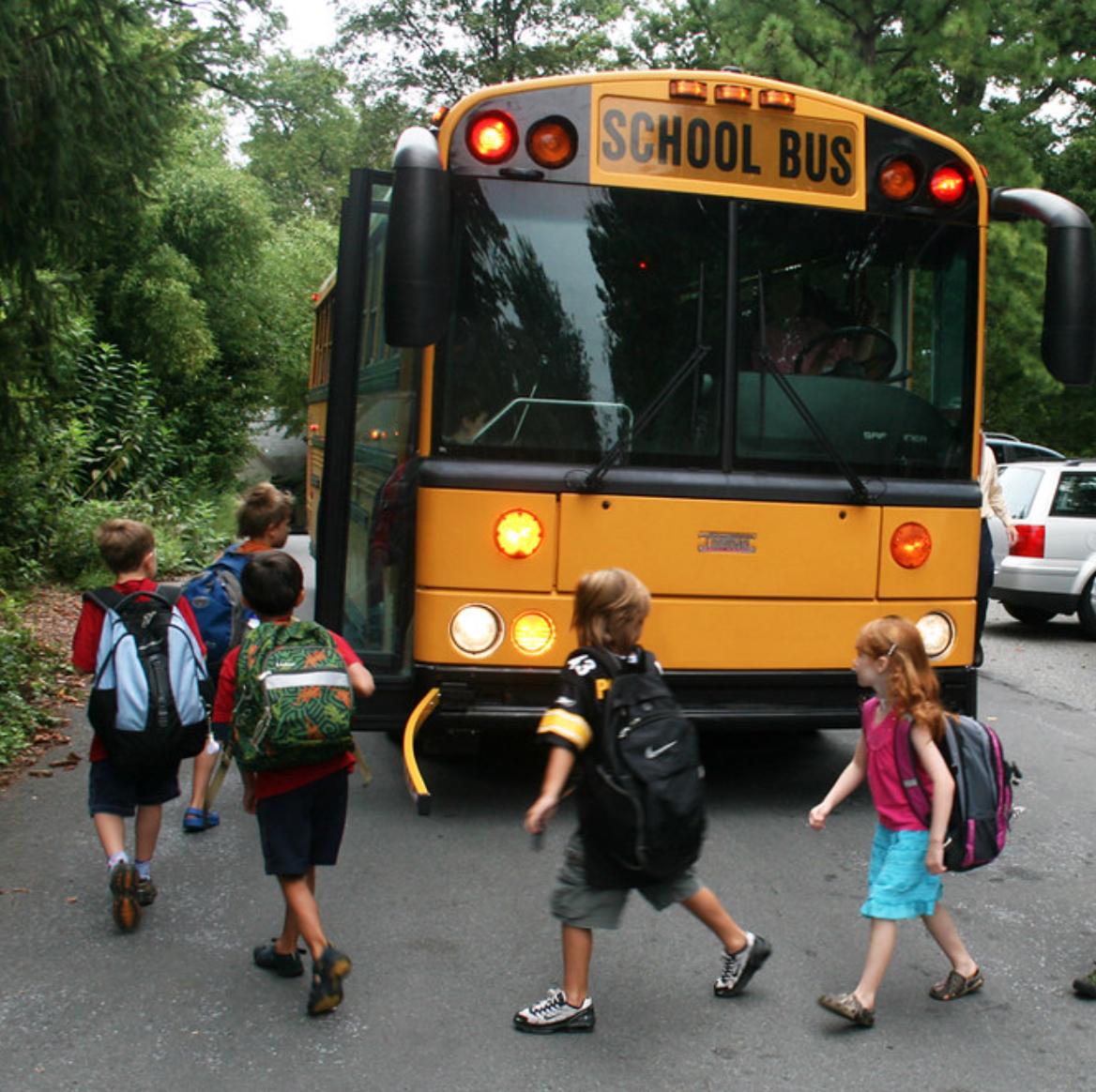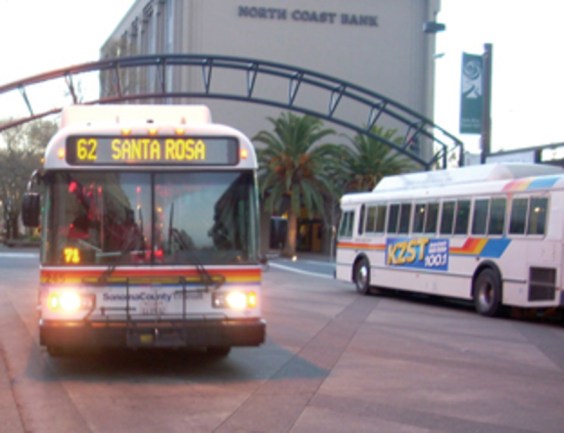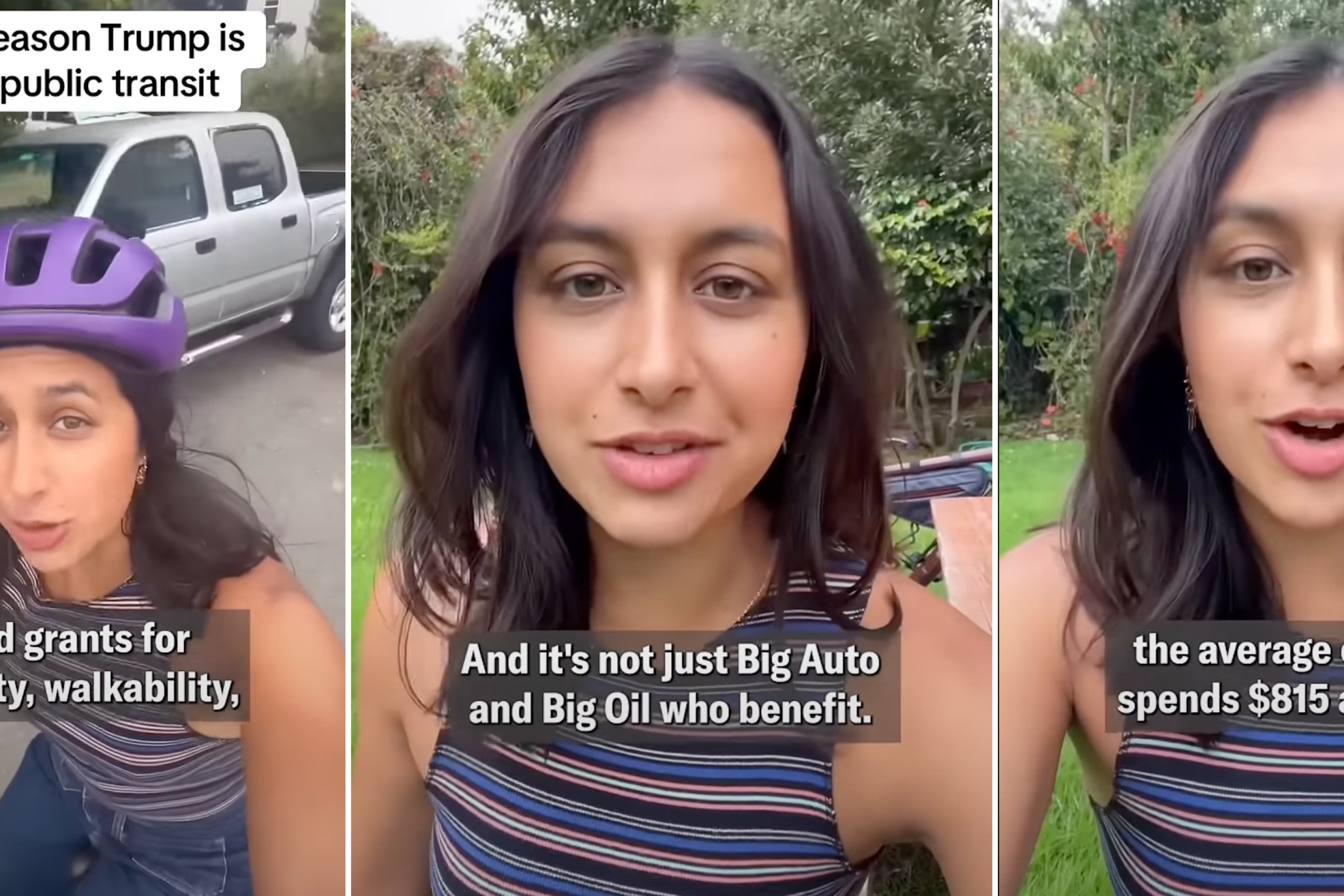This is the third installment in Streetsblog’s series on transportation demand management at American colleges and universities. Part one gave an overview of TDM techniques that schools employ, and part two profiled Stanford's TDM programs.
The Massachusetts Institute of Technology has a long track record of trying to minimize traffic. The Institute has run a formal transportation demand management (TDM) program for more than 10 years. But even as far back as the 1950s, MIT was encouraging employees to carpool, says Larry Brutti, operations manager with MIT's facilities department.

There are solid financial reasons for that. At MIT, land is so valuable, adding a single parking space costs the university about $100,000, said Brutti. Over the last five years, as the university has expanded its facilities, MIT has actually cut the total number of parking spaces it owns from 5,000 to 4,200. And it looks like those spaces aren't coming back.
"We’re trying to not replace it," Brutti said. "The Institute doesn’t mind putting some money into TDM if they can defer parking."
MIT isn't just trying to conserve funds or act as a good environmental steward. The city of Cambridge requires its major institutions to develop TDM programs to limit traffic on city streets. Since 1999, Cambridge has maintained a nationally recognized transportation demand management policy. If non-residential property owners want to add parking, the law requires them to develop a plan around promoting transportation modes other than driving. The parking lot owner must monitor its users' single-occupancy commuting rates and bike and car parking space occupancy rates and report that annually to the city.
MIT's strategy, Brutti said, basically comes down to holding out carrots for good behavior, almost exclusively to faculty and staff. "We subsidize most any other way to get to work," Brutti said.
In total, only about 20 percent of all the people who enter MIT's campus every day do so alone in a car.
Like some of the other schools Streetsblog profiled in this series, at MIT, getting students out of cars isn't much of a problem, since many live on campus. "Very very few students who commute by car," said Brutti. "We probably have 100 [undergraduate] students who commute by car, and that’s out of 10,000 students [both graduate and undergraduate]." Another few hundred grad students -- mostly married couples in which one spouse commutes off campus for work -- have cars on campus. Brutti says only about 400 students on the campus have cars in total.
Brutti credits the Institute's embrace of car-sharing for keeping the car-ownership rate low. Zipcar was invented by MIT grads, and MIT was the first university in the country to offer the service. Currently, the Institute keeps 20 Zipcars on campus, Brutti says.
The Zipcar program helps students forgo the temptation to bring cars to campus. An astounding 5,500 students have accounts with the company -- more than half the total student body. In addition, about 300 staffers have accounts for running day trips around campus. Brutti and his staff try to encourage the university's departments to purchase Zipcar memberships, rather than keep a car on campus for business use.
The main target of TDM at MIT, though, is faculty and staff -- and faculty present the biggest challenge, Brutti says. Faculty members are most likely to commute by car -- some 40 percent do, compared to about 20 percent of non-faculty staff and almost no students.
MIT offers discount passes for local transit, Amtrak, and Hubway -- Boston's bike-share program. Both students and staff get 50 percent off transit passes and Amtrak tickets. The institute also provides commuter shuttles and vanpools for employees.
Using these programs, in the last 10 years, the Institute has reduced the number of full-time parking permits it issues from 3,730 to 2,593, a 30 percent reduction. Over that time, the number of discount monthly transit passes sold by MIT has risen 43 percent -- from 30,000 per year to 43,000.
During that period, the number of partial parking permits -- available to people who usually bike or take transit but sometimes drive -- has risen. But the availability of this kind of pass, in itself, offers an incentive to reduce car use. Since the partial pass is cheaper than a full parking permit, it lets people save money by driving less, even if they can't, or won't, abandon driving altogether.
Brutti says every time MIT offers a new program or unveils a new initiative, they're usually able to convert about 10 percent of their target audience. The university recently reached out to about 2,000 full-time parkers and offered them a free T-pass. That was enough to reduce the number of full-time parkers in that group by 200, Brutti said. The next time they come up with a program and reach out to the same group, they hope to peel off 200 more.
That's how it works -- a new program, a new marketing effort, a little bit of progress. It all adds up.
RELATED STORIES:
Transport U: Colleges Save Millions by Embracing Policies to Reduce Driving





